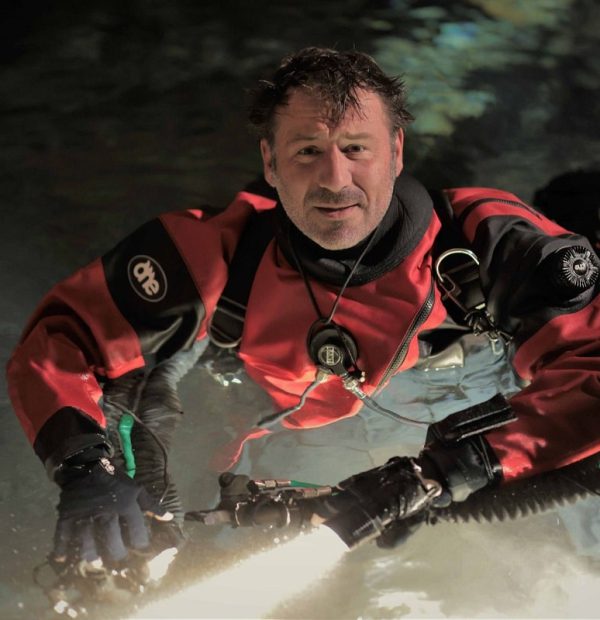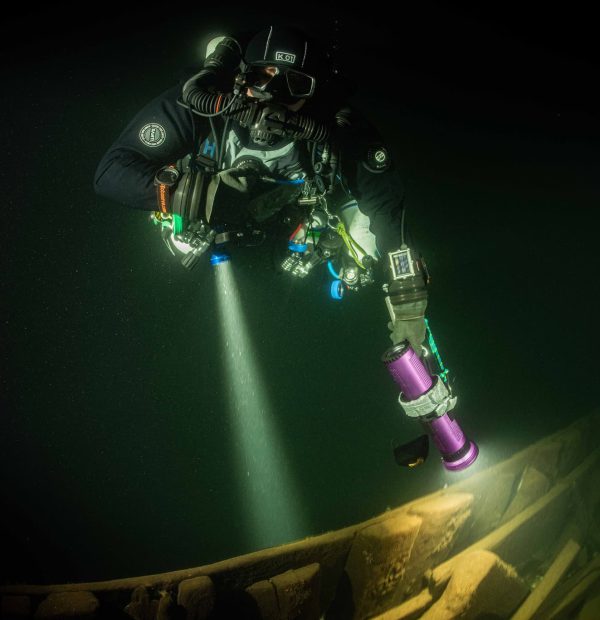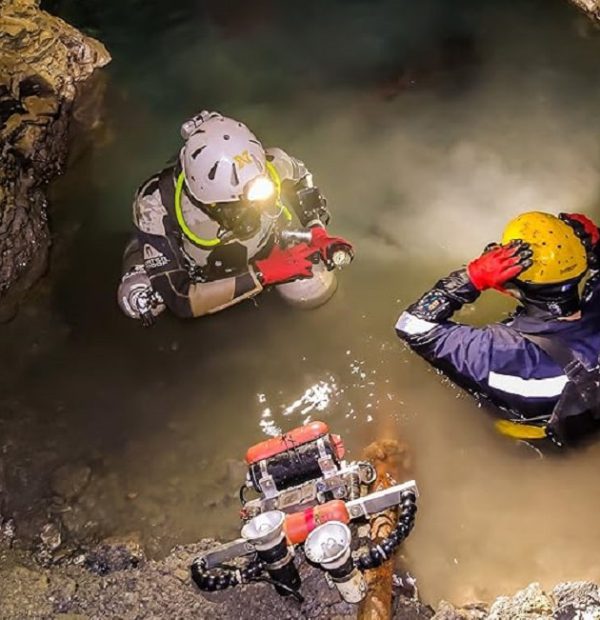Friday, 10 May 2024
Menu

All people owning their own diving equipment, or just starting to complete their dream set, at some point have come across a diving spool. It is an essential element in every diver’s equipment. Its main task is to enable us to release the buoy, however it can be used in many other ways, e.g. to create jumps in caves, a short railing on wrecks, etc.
We release the buoy on every dive. There are two reasons for this. First – for safety reasons and second – to train our skills. If you have not done it before, it is time to introduce this element and work on it. As we all know practice makes perfect, but the practice gained on the course is only the basis for our proper actions in an emergency situation. Of course, the buoy can be released using a reel, however we do not always take it underwater, due to its high weight, size or we simply do not intend to use it during the dive.
The spool is much smaller, thanks to which it easily fits into the pocket next to the buoy. Another advantage is that it takes up little space during transport and because of its low weight at the airport we do not have to worry about excess baggage. Another advantage of the spool is its simple construction, which is very important because, as we all know, under water reliability counts.
Diving bobbin dimensions vary from 3.5cm – 5cm wide and 7cm – 9cm in diameter. Different manufacturers use different sizes, but the best spools are 80mm diameter and 40mm wide. Such a bobbin holds about 30m of 2mm thick line. The bobbins with the diameter of this opening in the range of 35 mm are the best. This size allows you to wind 30 m of line and makes it easier to operate the spool with gloves on.
A good spool should have 9 holes on each wall to allow you to attach a carabiner and lock the line. The holes should be drilled alternately on both sides so that when the equipment is cleared the line is properly tightened and does not come loose.
When purchasing, pay particular attention to what the equipment you are buying is made of. The most durable and proven material is delrin. Equipment made of ordinary plastic will quickly break when stored in a box with other things. When choosing a bobbin you should also remember about the edges, which must be properly finished so that the fast unrolling bobbin doesn’t cut your fingers.
The line itself should end with two loops. The first one closer to the end should be about 4 cm the next one about 10 cm and it is open, which makes the line a little longer on one side. This loop is used for securing the buoy or starting the rappelling and the next loop makes it easier to eliminate the position or detach the buoy.
Now that we know what a bobbin should look like properly, it is time to mention how to use it. This exercise can be divided into several simple steps:
Some people let air into the buoy using a spare breathing apparatus (the so called octopus) but this is not the best method because of the waste of breathing mixture and the possibility of the apparatus freezing in cold water. You should not inflate the buoy completely before releasing as the air will expand in it anyway and a heavily inflated buoy may not stay on the surface as well.
Source and Photo: Divers24










Welcome to DIVERS24.COM, your daily source of scuba news, freediving, scuba diving information, and equipment reviews. Our comprehensive coverage of the dive industry from A to Z provides you with all the latest scuba news, training updates, underwater photography tips, and everything else related to scuba diving. Whether you’re a beginner or an experienced diver looking for more knowledge about scuba gear or techniques – we’ve got it covered! With our in-depth articles written by experienced divers who have been there and done that, you are sure to find exactly what you need here at Divers24.com. Dive into scuba news today!
Underwater Media Sp. z o.o.
Szafarnia 11/F8,
80-755 Gdansk, Poland
Welcome to DIVERS24.COM, your daily source of scuba news, freediving, and scuba diving information. Sign in for a weekly news update and discount coupons for dive gear and apparel.
@2023 - underwatermedia.pl. All Right Reserved. Designed and Developed by Tworzenie stron internetowych Gdansk

The Divers24 portal is currently the largest online medium treating diving in Poland. Since 2010 we have been providing interesting and important information from Poland and around the world on all forms of diving and related activities.
Contact us: info@divers24.com